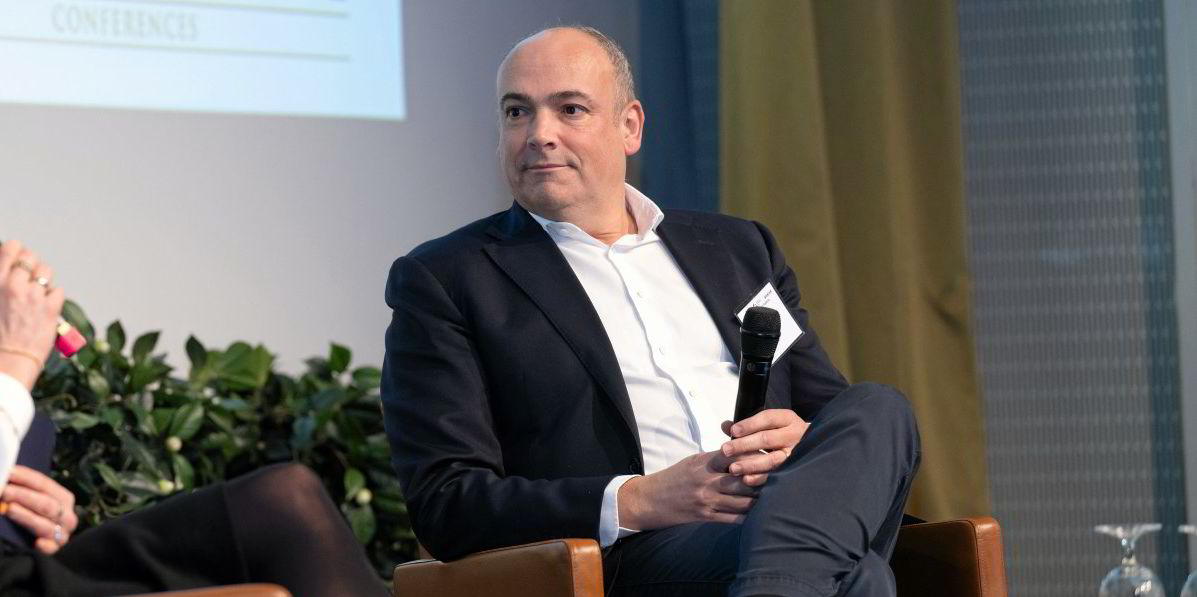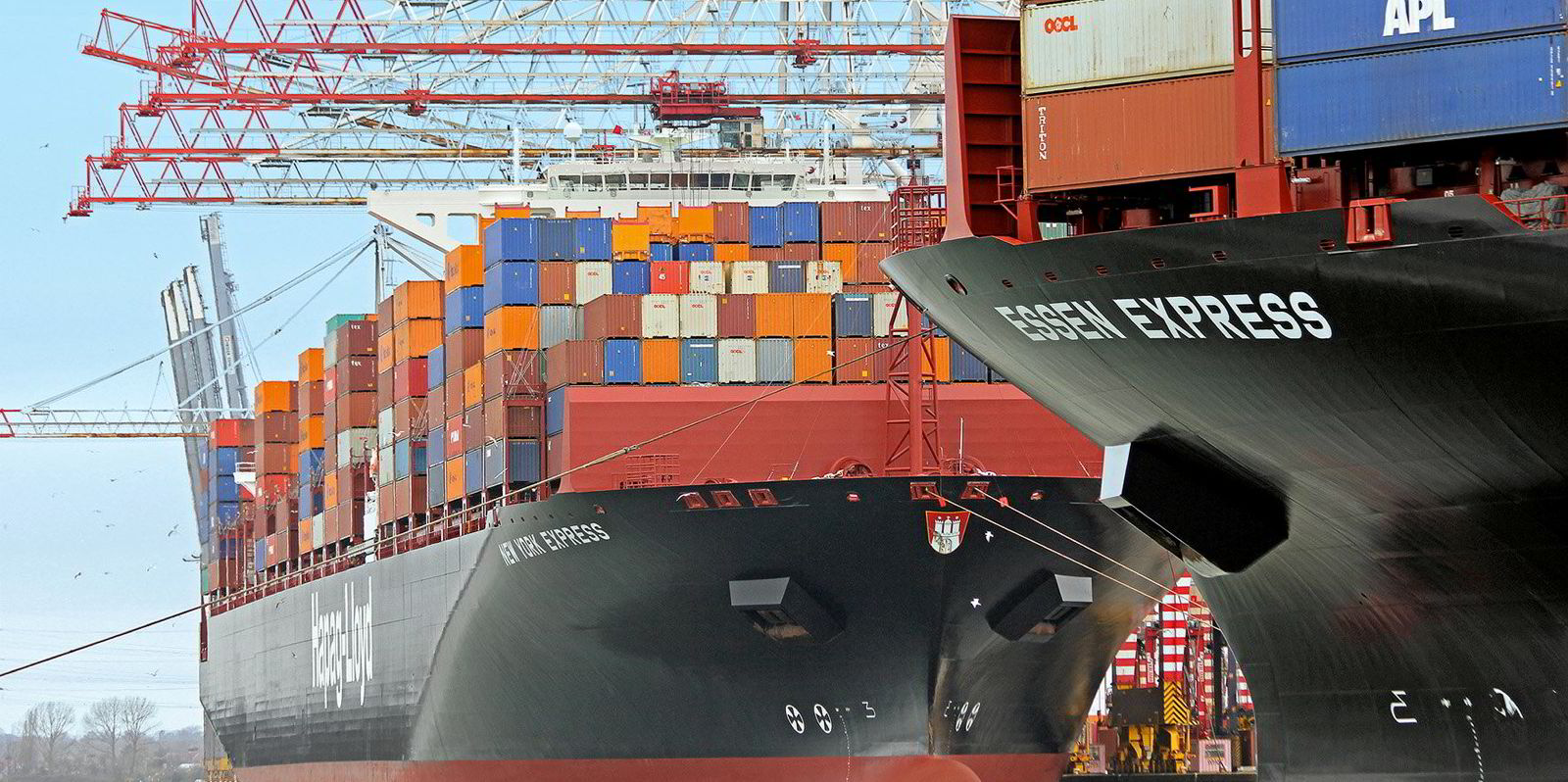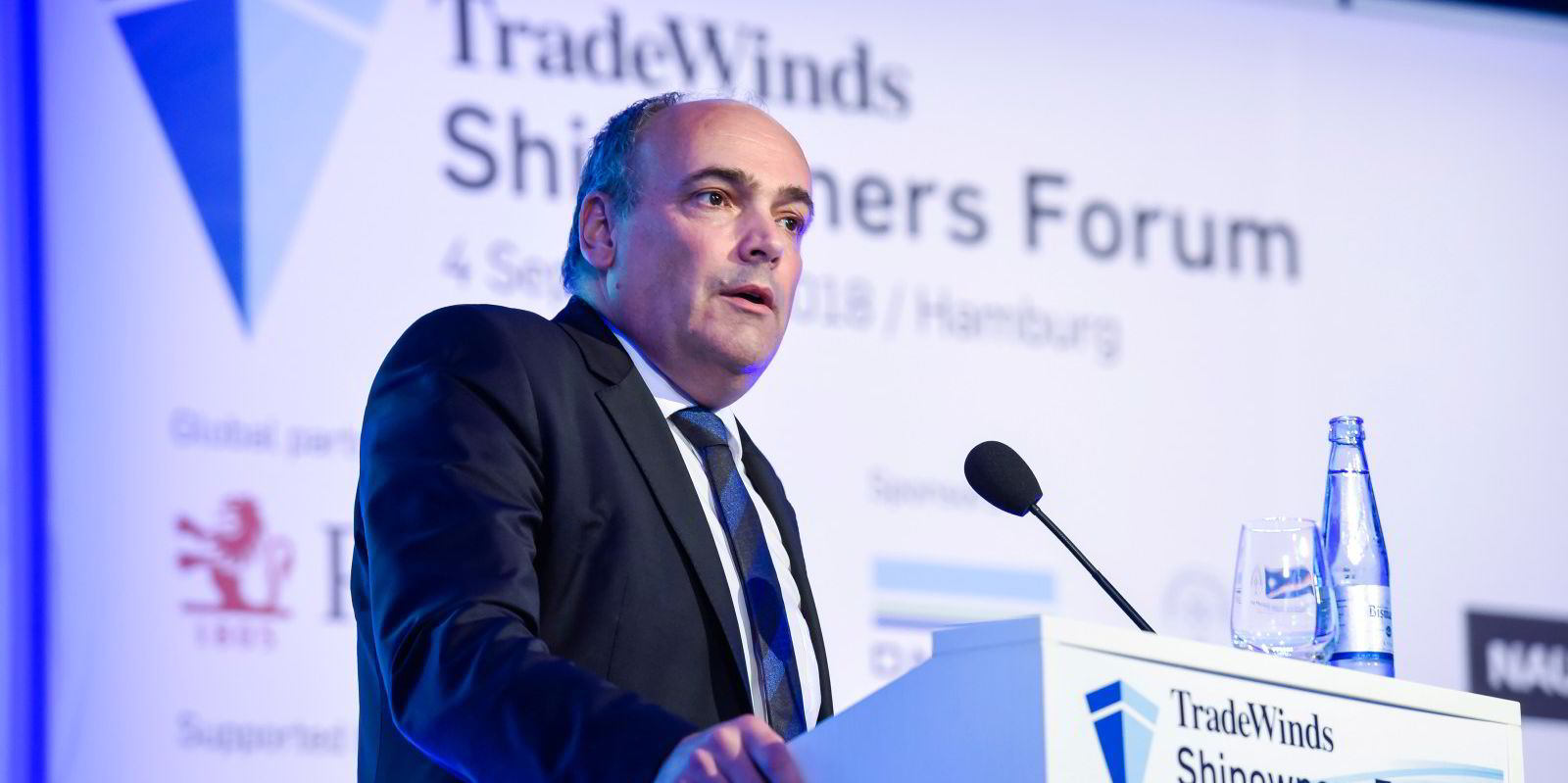The big question in container shipping right now is what will happen to peak season, says Hapag-Lloyd chief executive Rolf Habben Jansen.
His company is seeing container loadings rise for more than 10 weeks compared with the previous year, which could be the first signs of peak season arriving.
“There are more cases where we are full and getting close to having to roll cargoes. We’re not the only one, and that’s why you see spot rates coming up,” he told an earnings call on Thursday.
“I think there is a bit of a peak season, the question is how long it lasts — you only know when it’s over.”
The start of peak season could also be reflected in a sharp jump in spot rates on key east-west trades after liner operators implemented a series of general rate increases (GRIs) earlier this month.
Rates from Asia to the US west coast are above $1,900 per 40-foot equivalent unit (feu), a 44% increase since mid-July, according to the Freightos Baltic Index.
On the Asia to US east coast, spot rates are 20% higher at $2,918 per feu and they are 37% higher from Asia to North Europe at $1,784 per feu.
The rises are due to a combination of demand rebounds and stricter capacity reductions by carriers, said Judah Levine, chief analyst of Xeneta.
But he said the rate climb is only likely to stick if accompanied by significant and sustained capacity reductions.
Only way is up?
Rates remain the most difficult thing to predict in container shipping but there are reasons why they must rise, said Habben Jansen.
“We see a number of lanes where rates are clearly below cost. I don’t think that’s sustainable. It’s why you see a bit of a rebound in spot rates at the moment,” he told analysts.

“I don’t think freight rates are going to double over the next 18 months, but I would expect there is a fair chance they on average will be a bit better than in some parts of Q2,” he said.
Inventory destocking was still taking place, but his company’s loadings had been “somewhat better” in the past 10 weeks, he said.
The biggest uncertainty was around what will happen in the fourth quarter and when peak season would end.
The rise in spot rates meant they were above long-term contracted rates on three key Asia export corridors, including from Asia to the Mediterranean, according to Xeneta chief analyst Peter Sand.
Crucially, that comes ahead of peak season and a new wave of contract tendering.
“Of course, whether the increases hold in an atmosphere of weak fundamentals remains to be seen, they certainly haven’t done so earlier this year, but then we haven’t seen climbs as pronounced as this either,” Sand said.
More GRIs
Whether that dynamic continues will likely hinge on whether these short-term boosts translate into lasting gains and how that plays into the next set of GRIs in September, Sand said.
Even as peak season gets underway, the market will remain oversupplied given the large newbuilding orderbook, believes Habben Jansen.
But there is also evidence of liners absorbing more capacity by slowing down vessels to comply with carbon reduction.
Hapag-Lloyd has already deployed extra ships on a few services to remain compliant with the Carbon Intensity Indicator (CII) regulation
“Some capacity is definitely being absorbed by CII rules,” Habben Jansen said. “There are a number of services where we have had to add extra vessels to ensure that we remain compliant.
“So far, we’ve done that on 18 or 19 services and [there are] probably a few more to come. There will be some capacity required to cover that.”
Habben Jansen expected the inactive fleet would rise in the first half of 2024 when expensive chartered tonnage is redelivered.
“There’s a lot of charter tonnage throughout the pandemic fixed for three to five years — so lots of charter commitment at $35,000 per day to $40,000 per day,” he said.
“That makes the cost to idle them higher. That’s why the first half of 2024 idling will go up because that’s when the first of the contracts start to run out.”





